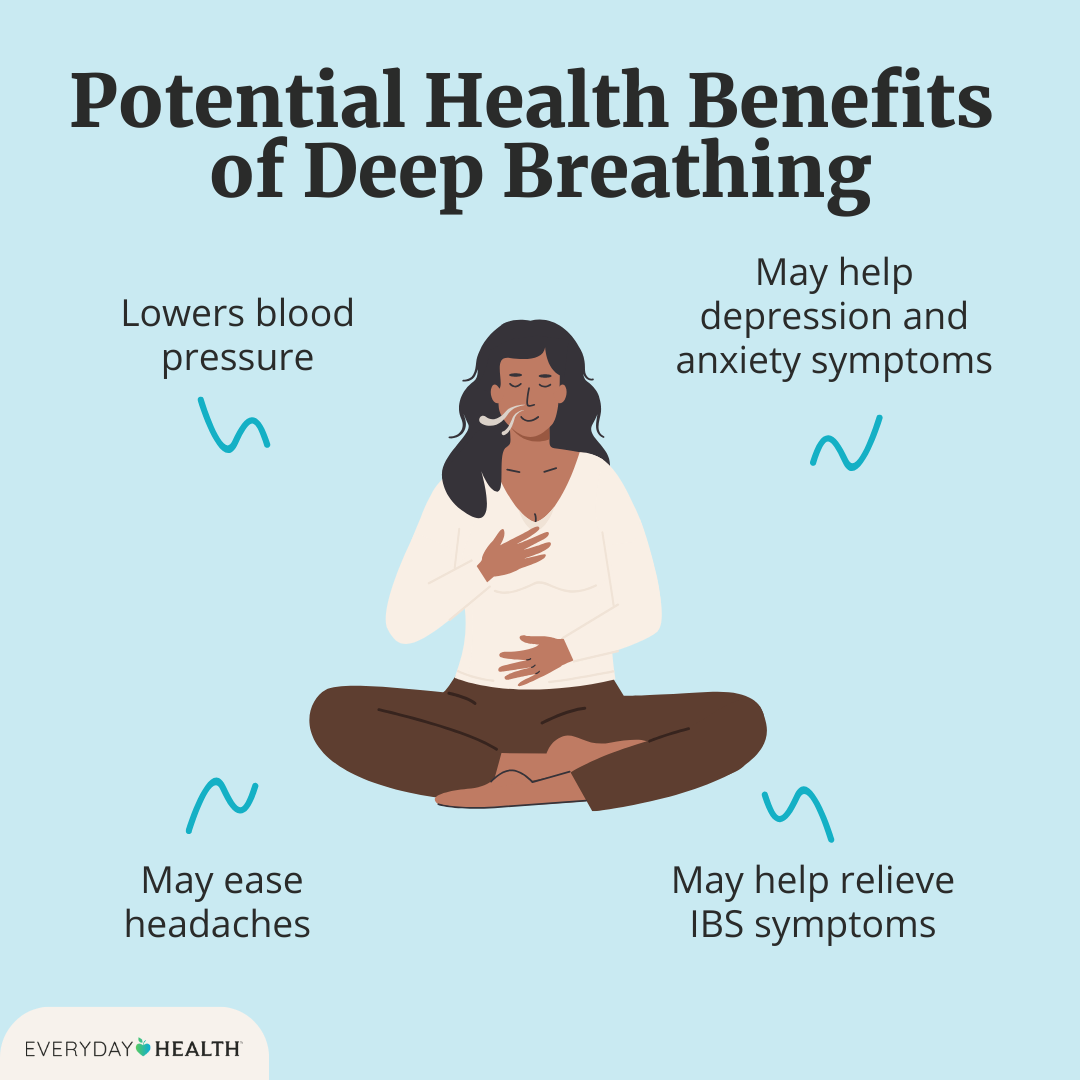Breathe to Focus
Learn some breathing techniques to enhance concentration and reduce stress.
Overview
Breathing is a natural and powerful tool for calming the mind, improving focus, and reducing stress. By consciously controlling your breath, you can regulate your body's stress response and enhance concentration. Here’s an overview of how breathing techniques can support your mental and emotional well-being.

Why Breathing Techniques Matter
- 🌬️ Instant Relaxation: Controlled breathing activates the parasympathetic nervous system, which calms the body and mind.
- 🎯 Enhanced Focus: Deep, rhythmic breathing increases oxygen supply to the brain, improving mental clarity.
- ❤️ Stress Reduction: Breathing exercises lower cortisol levels (the stress hormone), promoting a sense of calm.
- 😴 Better Sleep: Relaxing breathing patterns, like 4-7-8 breathing, can help you fall asleep faster and enjoy more restful sleep.
- 💪 Emotional Control: Regular practice of breathing techniques can help you stay calm and focused even in challenging situations.
Popular Breathing Techniques
- Diaphragmatic Breathing (Belly Breathing)
- - Focus on deep, slow breaths that fill the belly rather than the chest.
- - Helps activate the body's natural relaxation response.
- Box Breathing (4-4-4-4 Technique)
- - Inhale for 4 seconds, hold for 4 seconds, exhale for 4 seconds, hold for 4 seconds.
- - A great technique for calming the mind before exams or stressful situations.
- 4-7-8 Breathing Technique
- - Inhale for 4 seconds, hold for 7 seconds, and exhale for 8 seconds.
- - Effective for relaxation and improving sleep quality.
- Alternate Nostril Breathing (Nadi Shodhana)
- - Close one nostril and inhale through the other, then switch.
- - Balances the mind, improves focus, and enhances concentration.
When to Use Breathing Techniques
- 📚 Before Exams: To clear your mind and boost focus.
- 😌 During Stressful Situations: To stay calm and composed.
- 🌙 Before Bed: To relax your body and improve sleep.
- 🚶 During Walks: To enhance mindfulness and stay present.